Shadows of the Past: A New Way to Draft on MTG Arena

"Hey, does the Green-White Humans deck get stronger this week? It loses Butcher's Cleaver but gets Travel Preparation."
"I've drafted the set 40 times, and I haven't seen a single Silent Departure!"
"Well, unless you drafted 40 times this morning, you weren't going to see any
What's this? Players who checked out Shadows over Innistrad Remastered (SIR) on MTG Arena last month were treated to a unique offering: an ever-changing Limited landscape where cards appeared and disappeared from week to week. I'm Jiachen Tao, the set lead for SIR, and I'd love to share the story of how we ended up with one of the most novel experiments for digital Magic.
About a Year Ago . . .
I have always had a special fondness for Shadows over Innistrad and Eldritch Moon, going back to my days of competitive Magic. When I learned that I'd be running the design team for a combined remaster set in the middle of last year, I was ecstatic. With Lukas Litzsinger and John Penick on the design side, we set out to craft the best experience we could give to MTG Arena players old and new.
For remastered sets, the design team works under several restrictions:
- No new cards
- No changes to existing cards except rarity
- A tight schedule relative to a paper product
The goals were straightforward: create a Limited environment that's fun, nostalgic, and deep; and at the same time, provide essential cards for MTG Arena's various Constructed formats. While most of our players recall Shadows over Innistrad with fondness, if we remove the rose-tinted glasses, its Limited games often featured prolonged board stalls amidst anemic creatures, and many victories were decided on the strength of individual power outliers.

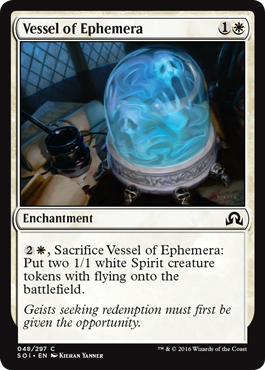
One of the first things we did was aggressively downshift our mythic rares, rares, and uncommons to replace their weaker relatives. This substantially raised the floor of our Limited decks and conveniently opened up space at the top for more exciting Constructed cards.
Other issues were trickier to tackle. We tried removing the multicolor uncommons entirely, as they weren't always the clearest signposts, but drafters felt lost without them. Another issue was that green-blue had two completely different mechanics across the two sets, and it took a few playtests to pick one over the other.
Art review came back and necessitated several more changes—and digging through our extraneous art portfolios. At some point, I managed to convince everyone that the set would benefit from all ten dual lands at uncommon. Miraculously, our producer Brandon Kreines knew exactly what we needed at every step of the way, from conjuring up drafters, to collating draft packs with multiple sheets, to meticulously maintaining these sheets in our database.
What Is a Bonus Sheet, Anyway?
The periodic check-ins we had with stakeholders were going well, but I wanted to do something more.
Unsurprisingly, my mind immediately went to bonus sheets: an extra batch of cards outside of the main set that shows up in a bonus slot in each pack. I've always been a proponent of bonus sheets; they increase the strategic depth and replayability of Limited while adding immense appeal for collectors.
Given that the first Innistrad block had plenty of desirable cards for MTG Arena, I spoke to Jay Parker and Ian Adams, game director and card set product owner on MTG Arena's side, and sold them on Shadows of the Past (SIS), a bonus sheet comprised of handpicked cards from the original block.
By now, bonus sheets are no longer a completely novel concept, but that doesn't mean innovation is impossible. What I really wanted to experiment with this time around was putting actual commons on the sheet. The Strixhaven: School of Mages Mystical Archive, for example, had plenty of spectacular cards, but their drop rate started at uncommon, and thus each individual card's impact on a player's deck was minimal.
What if, I wondered, we somehow manage to insert cards of all rarities, including commons, at the same drop rate as cards in the main set?

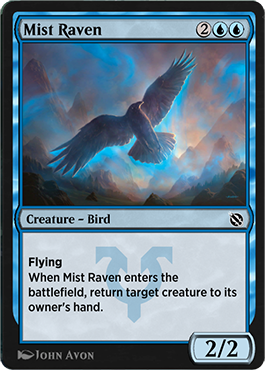
Restriction Breeds Creativity
I reached out to Yoni Skolnik, the set lead for Strixhaven: School of Mages, for help on some number crunching and quickly realized that the commons-in-the-bonus-sheet proposal would have drastic consequences. To match the rarity ratio of commons through rares in SIR, a five-card common cycle in SIS would limit the bonus sheet's rare count to roughly five cards, and even fewer mythic rares. Sure, the commons get to influence the gameplay, but at the cost of reduced variety across repeated events.
Sometimes a stroke of genius is what it takes to overcome a design challenge, other times, weeks of discussion and playtesting. Luckily, this was not either of those cases. Once we knew our constraints (small sheet size, large variety, digital platform), the almost too-obvious solution presented itself: a rotating bonus sheet to accompany the main set.
Of course, we didn't know whether this could be done at all on MTG Arena, especially in such a relatively short timeframe. I hesitantly reached out to Jay and Ian and brought the idea to them. They conferred with their team, and our confidence grew as more folks joined the conversation. We were going to do something that had never been done before (and may never be done in paper Magic)!
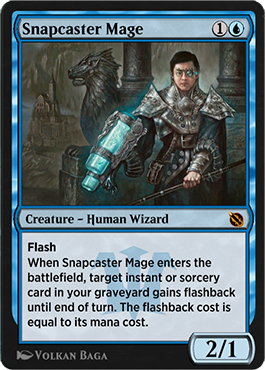
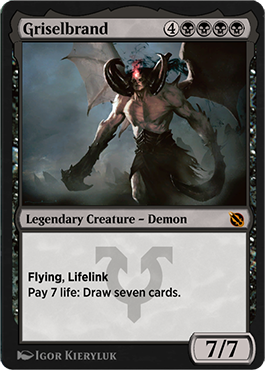
Details, Details
After the design team got the green light, John, Lukas, and I had a whole new batch of cards to pore over. Knowing that each rotation would cover exactly one week, we drew up the most interesting and supported themes and narrowed our scope further by eliminating new mechanics to save time.
As each theme was playtested, cards shifted around like a giant sudoku puzzle, and the main file shifted in response to accommodate trends on the bonus sheet. A belated realization that we wanted to guarantee a DFC slot per pack forced us to do math all over again, but the finish line was in sight. I even allowed myself the indulgence of including both Butcher's Cleaver and Invisible Stalker on the sheet (mostly to see people's reaction when I began each Shadows pitch with, "Here are some classic cards you'll surely recall enjoying from original Innistrad"). We even discussed the order of introduction for the weekly themes to best ease players into the setting.
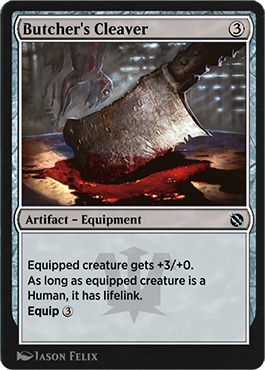
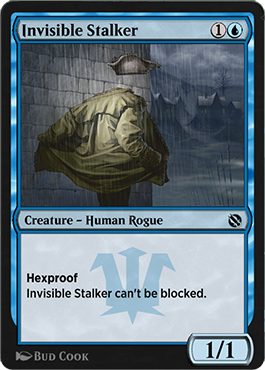
A Novel Experiment
It has been an incredible experience bringing Shadows over Innistrad to life in a digital format. It's even better seeing the community give such positive reactions and support for our efforts. A big thank-you to Jay and Ian's team, who have been so gracious in broadening the scope of the project and putting their faith in our experiment—and if you haven't seen Ian's article on how Emrakul was brought to MTG Arena, it's absolutely worth a read.
